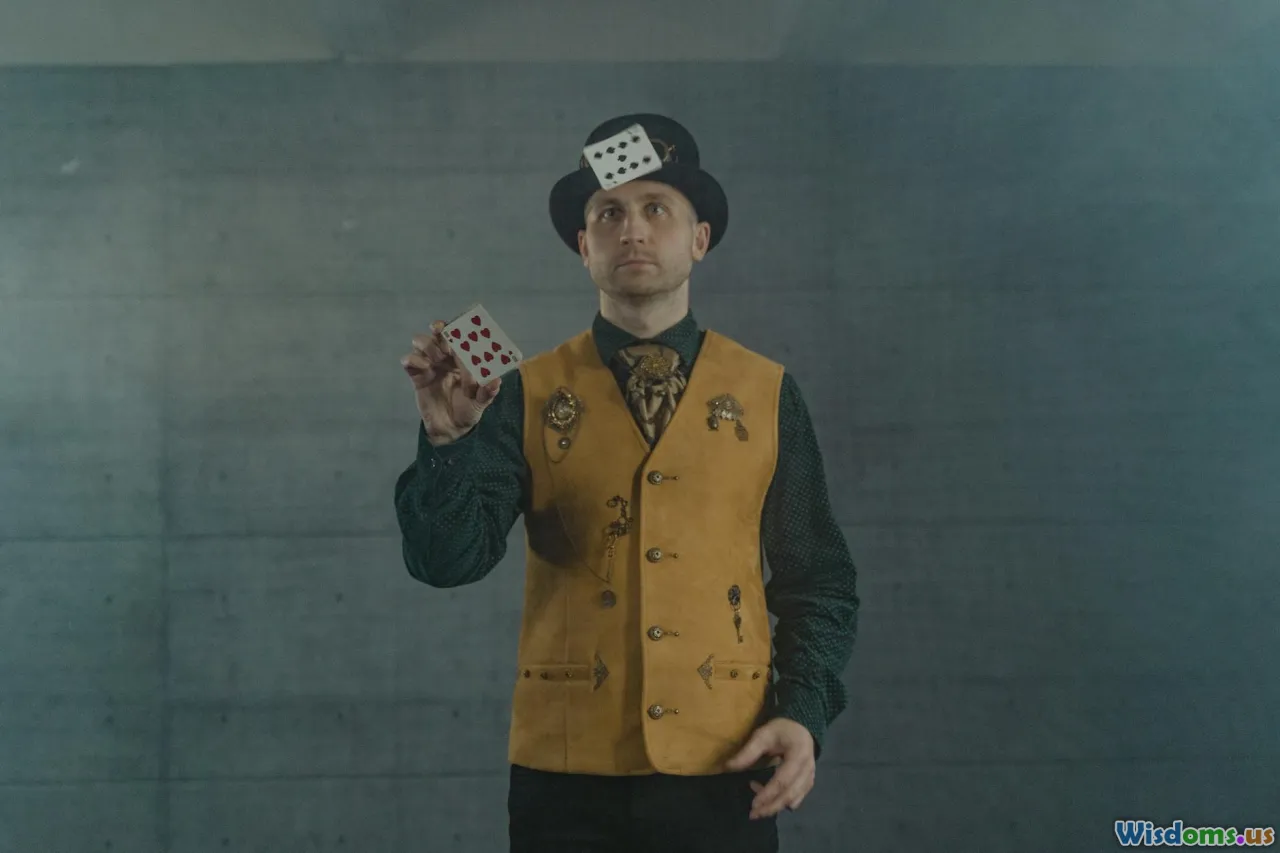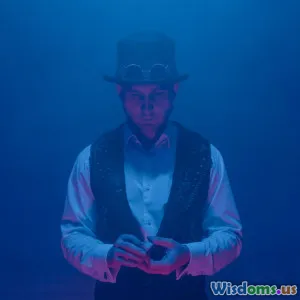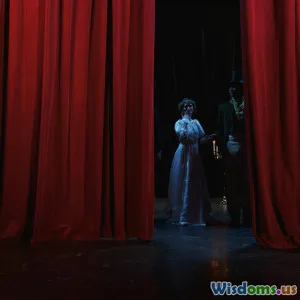
The Connection Between Magician and Audience
8 min read Explore the powerful bond between magician and audience that fuels unforgettable magic shows. (0 Reviews)
The Connection Between Magician and Audience
Magic is much more than trickery; it is an experience—an intangible thread woven between the magician and the audience that makes illusions believable and unforgettable. Without this connection, the mechanics of a trick are empty, and the spectacle fails to mesmerize. Understanding this dynamic relationship unveils why some magic shows captivate crowds while others fall flat. In this article, we delve deep into the vital connection between magician and audience, exploring its psychological foundations, performance techniques, and real-world illustrations.
The Crucial Role of Connection in Magic
At its core, magic hinges on trust, engagement, and shared wonder. The audience is not a passive observer but an active participant mentally willing to be amazed—even if momentarily suspending disbelief. The magician, aware of this psychological pact, uses it to guide attention and shape perception. Steven Shaw, renowned mentalist, once said, “Magic is a bridge—a silent communication that connects minds to create an impossible reality.” This emphasizes that the connection isn't merely entertaining, but an empathetic exchange essential for the magic to happen.
Building Trust: The Magician’s First Task
Trust is the invisible currency a magician earns with every eye contact, every confident gesture. For example, close-up magicians rely heavily on this when performing right under the audience's noses. If the audience suspects deception is unfairly one-sided, the illusion collapses.
Psychologist Gustav Kuhn has conducted research illustrating how magicians exploit attention and expectation to manipulate perception, but crucially this works only if the audience believes the magician isn’t cheating in an unskillful way. Trust is cultivated through body language, tone, and pacing.
Engagement: More than Just Watching
Engagement fosters excitement and emotional investment. Famous illusionist David Copperfield incorporates storytelling into his shows so viewers relate emotionally as well as intellectually. He once said, "Magic is theater, and the audience’s emotional journey is what makes the impossible real."
One way magicians deepen engagement is by involving audience members directly—inviting volunteers or using verbal interaction. This participation creates interpersonal rapport, making moments feel spontaneous rather than scripted.
Creating Shared Wonder
The collective gasp after a flawless levitation isn’t merely a viewer reaction; it’s an emotional resonance between performer and audience. This shared awe elevates the event into communal experience. Social psychologist Robert Provine notes laughter, gasps, and eruptions of applause synchronize the group’s physiology and heighten the emotional impact.
Psychological Underpinnings of the Magician-Audience Bond
Understanding psychological concepts illuminates why certain performance strategies work. Magicians exploit cognitive biases, misdirection, and inattentional blindness, but effective use demands strong rapport.
The Power of Eye Contact and Mirroring
Eye contact triggers emotional connection and signals honesty. A skilled magician matches audience members’ body language subtly, also known as mirroring, fostering rapport on a subconscious level.
The Role of Surprise and Expectation
Humans crave predictability yet relish surprise. Magicians balance these by setting expectations then overturning them skillfully. Audiences experience thrill from the unexpected, but only if they feel safe and trusting enough to embrace that surprise.
Emotional Contagion
Magicians harness the phenomenon where emotional states spread among people. An enthusiastic, charismatic magician infects the crowd with excitement, amplifying positive experiences. Penn & Teller exemplify this, with their dynamic rapport combined with humor crafting an emotional rollercoaster.
Techniques Magicians Use to Strengthen the Connection
Storytelling as a Bridge
Telling a compelling story hooks the audience cognitively and emotionally, guiding attention and making abstract tricks relatable. For instance, illusionist Derren Brown frames his mentalist feats as psychological experiments, drawing people into his mindset.
Personalization and Inclusion
Addressing audience members by name or involving volunteers creates intimacy and breaks down barriers between performer and observer.
Humor and Vulnerability
Displaying vulnerability, such as acknowledging imperfections or injecting humor, builds likability and humanizes the magician.
Pace and Timing
Skillful pacing maintains suspense and controls emotional peaks, preventing fatigue and maximizing impact.
Real-World Examples of Magical Connection
-
David Blaine’s Street Magic: Performing in intimate street environments, Blaine relies heavily on personal interaction and eye contact which makes his feats feel authentic and mind-boggling.
-
Dynamo's Personal Touch: The British magician uses close proximity performances where his calm composure combined with casual engagement strengthen audience trust.
-
Criss Angel's Stage Persona: Utilizing dramatic flair and emotional intensity, Angel creates an energizing bond despite large audiences, proving connection transcends scale.
-
Japanese 'Magic Castle' Performances: These shows emphasize respect and ceremony, subtly demonstrating how cultural values influence magician-audience rapport.
Conclusion: The Heart of Magical Experience
Magic’s true wonder exists not just in illusions or mechanical prowess but in the invisible connection between magician and audience. This bond, born of trust, emotional engagement, and shared awe, transforms tricks into unforgettable experiences. For aspiring magicians, nurturing this relationship is as important as mastering sleight-of-hand. For audiences, recognizing this dynamic adds depth to appreciating performance art. In the delicate dance of eye contact, timing, humor, and storytelling lies the essence of magic—an art form powered by human connection.
References
- Kuhn, G., & Martinez, L. M. (2012). Misdirection – Past, Present, and the Future. Frontiers in Human Neuroscience.
- Provine, R. R. (2000). Laughter: A Scientific Investigation. Penguin.
- Copperfield, D. (Interviews and performances)
- Shaw, S. (Mentalism seminars)
By understanding the psychology and performance techniques that fuel the intimate connection between magician and spectators, one gains newfound respect for the artistry behind magic—a timeless interaction that continues to captivate worldwide audiences.
Rate the Post
User Reviews
Popular Posts




















